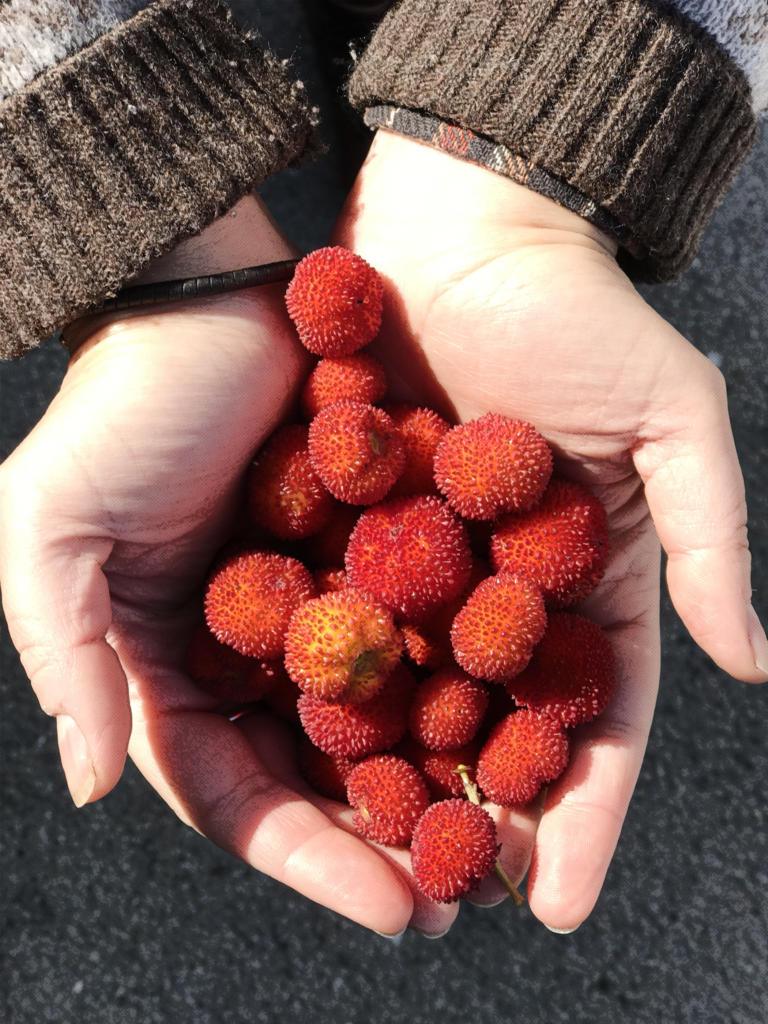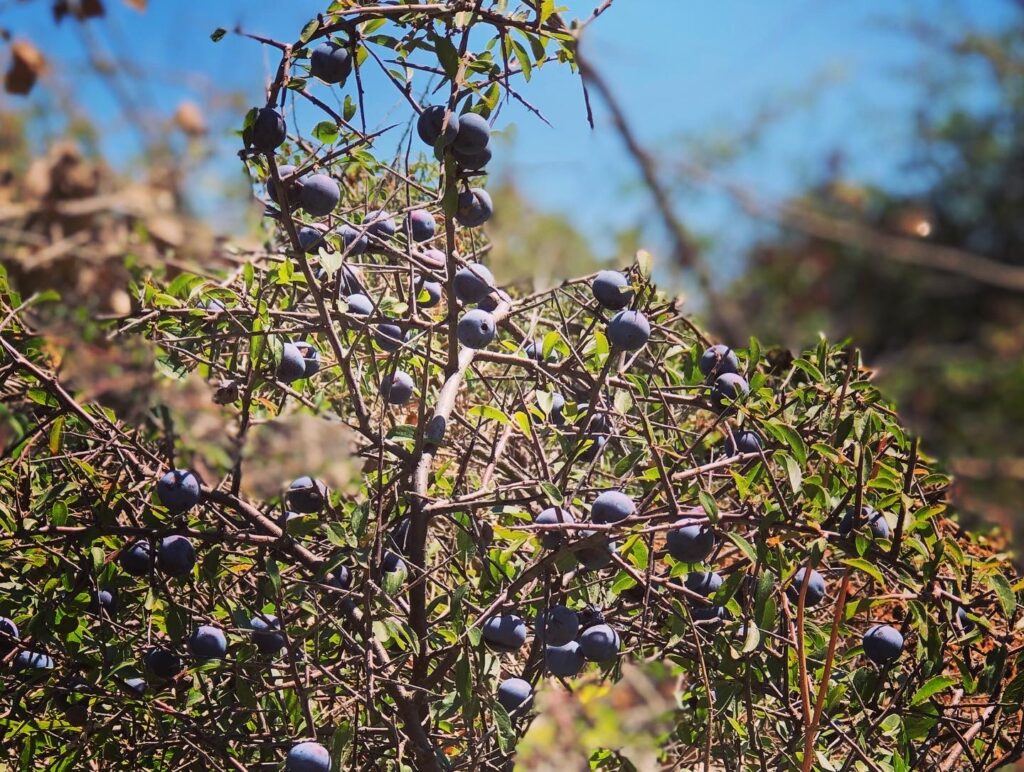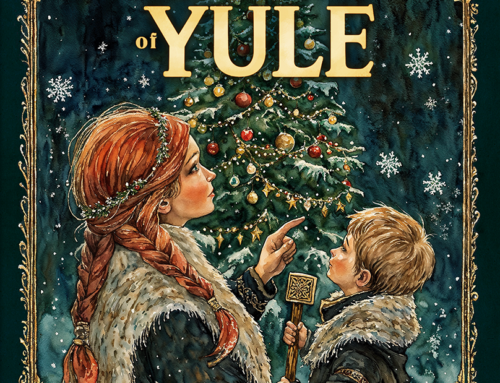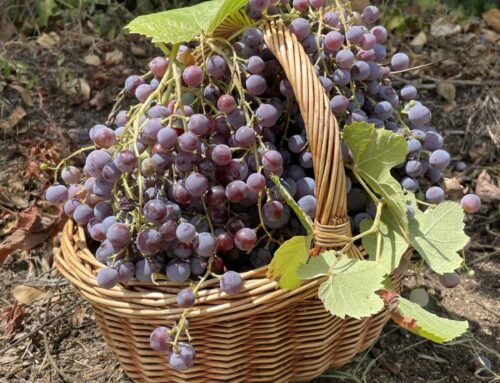
As our trilogy of late autumnal fruits draws to a close, we reach the finale with two fruits that embody the spirit of late autumn, especially here in Sardinia – vibrant corbezzolo and enigmatic sloes.
Having explored quince’s mythical charm and the understated elegance of medlar and wild pear, we now step into the world of corbezzolo and sloes. These fruits capture the imagination and invite us to partake in the rituals of the season.
In this concluding part of the series, we celebrate the corbezzolo, a fruit that wears the colors of Italian pride and brings the unique Miele Amaro to our tables. We also pay homage to sloes, the tart drupes of the blackthorn tree, rich in history and folklore. These fruits, hanging like gems in the darkening days, share traditions and stories that resonate with the spirits of the lands where they grow.
Corbezzolo: A Symbol of Italian Unity
The corbezzolo tree is a vision of joy in the late autumn landscape, with its tri-color display of green, white, and red reflecting the hues of the Italian flag. Known in English as the Strawberry Tree, the Romans saw magic in this evergreen, marveling at its ability to bear fruit and flowers simultaneously.
In Sardinia, the corbezzolo is more than just a plant; it’s a bridge between the natural world and human tradition, mainly known for its role in producing the distinctive Miele Amaro. With its array of health properties even surpassing Manuka, this bitter honey is a testament to the bee’s labor and the unique nectar of the corbezzolo flowers.
The fruit’s brilliant color and subtle tart-fruity flavor delight autumn hikers as they explore the Sardinian mountains. But their true magic unfolds in the kitchen, where their apricot-colored flesh can be transformed into sweet jams or inventive sauces to accompany meats, infusing meals with the essence of the island.

Sloes: Dark Jewels of the Hedgerow
Sloes, the dark, tart fruits of the blackthorn tree, have a history that weaves through myth and reality. In the folklore of the British Isles, the blackthorn has been associated with misfortune and magic, a tree that was respected and sometimes feared because of its associations with dark fairies and the Cailleach.
But from its thorny branches come sloes, a fruit that lends itself to the creation of sloe gin, a winter warmer that conjures images of glowing hearths and cheerful gatherings. It may even bring the preferred drink of the Fairy Queen herself.
Sloes, requiring the touch of frost to mellow their astringency, offer a lesson in timing and respect for nature’s cues. These fruits, steeped in lore, speak of resilience and the richness of tradition while reminding us that good things come to those who wait. In times past, the versatility of sloes was recognized, as they were used to flavor liqueurs and baked goods and even as tea or coffee substitutes when resources were sparse.
A Continuation of Wonder
As this series concludes, I am struck that each fruit has an enduring narrative—a verse in the enduring ballad of the Old World from hedgerow to mountain top. Please enjoy some of my other articles sharing the tales of other mythic trees, such as Blackthorn, Hawthorn, and Rowan, with their magical legends (find those links down below in Related Posts).
Yet or journey does not end here, for the stories of these trees and their fruits from root to branch continue to unfurl, as do the possibilities within our own gardens and kitchens.
Embracing corbezzolo and sloes is to engage with the land, to appreciate the bounty that lies hidden in plain sight, and to nurture the connection between our food, our history, and our sense of place, participating in an ancient continuum.
As we forage, cook, and revel in creation, we honor a cycle that predates us, a tradition that links the past to our present and inspires a future where the old ways are cherished anew.
Let us step into the seasons ahead with our senses attuned to the subtle gifts of nature and our palates ready for the rediscovery of autumn’s secret offerings.
If you love this kind of information, you will love my Sacred Foods collection, available through the Old Ways for Modern Days Resource Library subscription or a la carte in my shop. Both support my ability to continue providing free resources like this.
Old World Late Autumn Fruits Series:
Late Autumn Old World Fruits: Quince (part 1)
Late Autumn Old-World Fruits: Medlar & Wild Pear (part 2)
Related Posts:
The Many Uses for Rose Petals
Micro-Foraging: A Journey of Heart, Land, and Spirit
Thresholds to the Otherworld: Thorn & Hedge Magic
Rowan: The Sacred Witch Tree








Leave a Reply